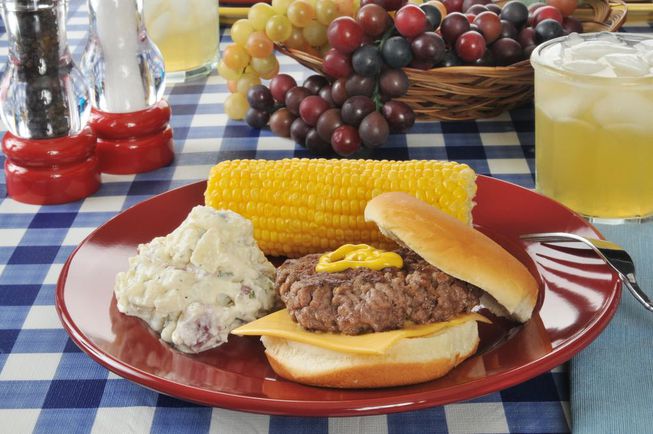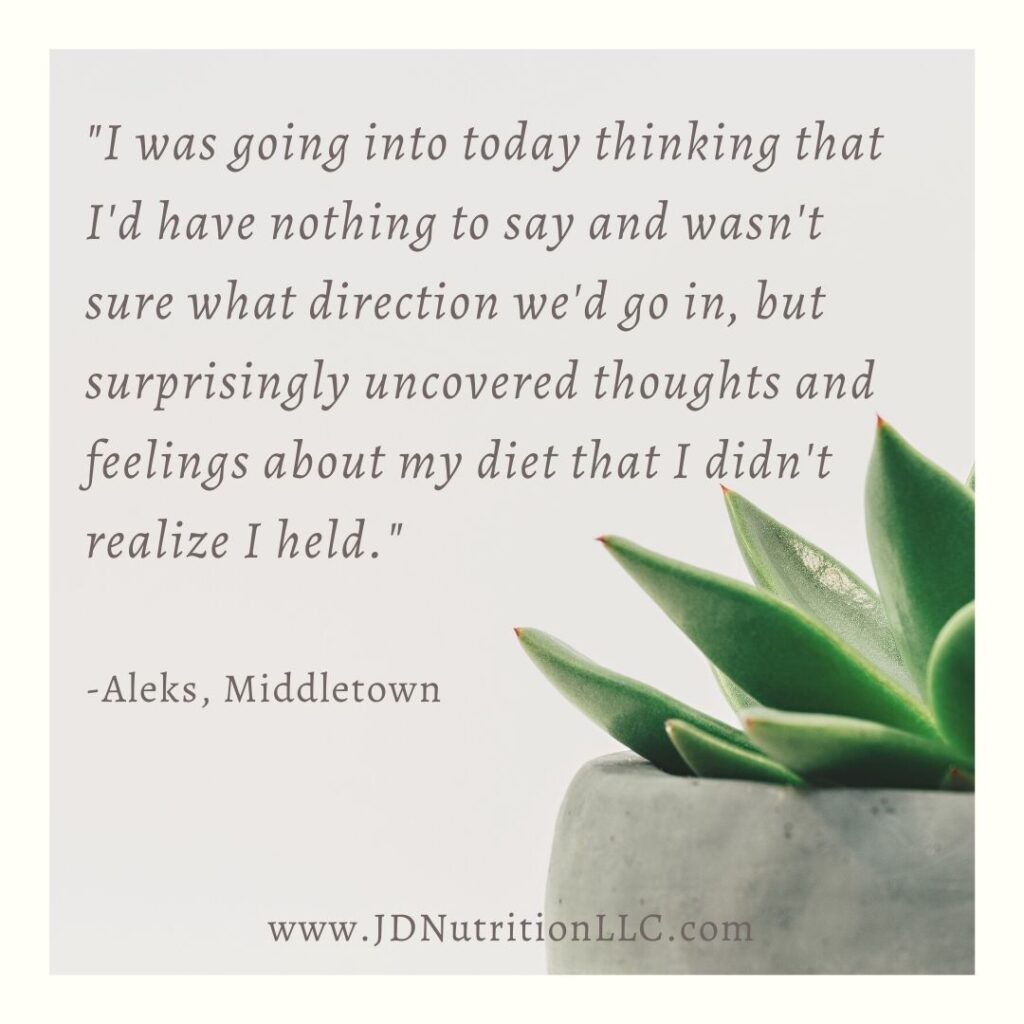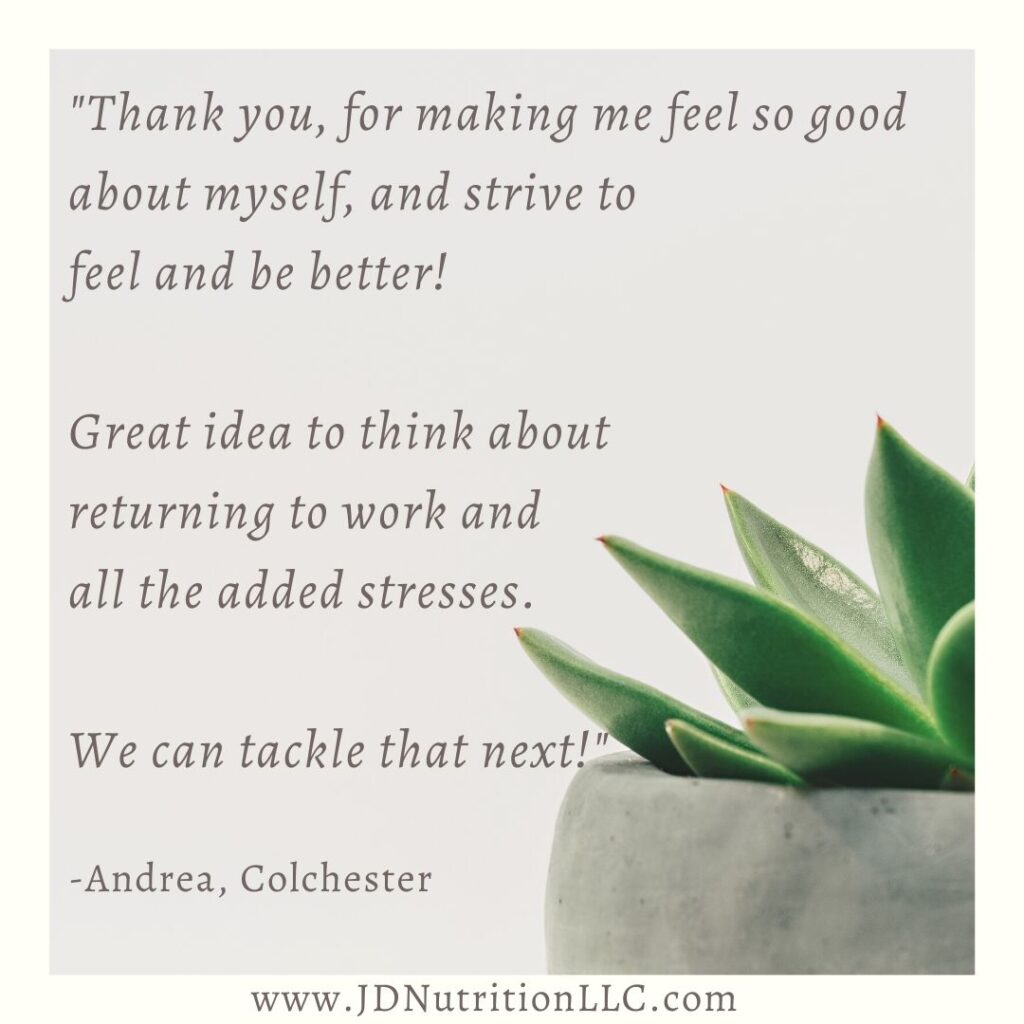With the press highlighting temporary shut-downs of meat packing plants due to Covid-19, many areas are seeing empty shelves, and chicken-shaped holes where the meat used to be. My recent trip to the grocery store left me empty-handed in that department. What I DIDN’T do is freak out. Instead, I made adjustments to stretch my meat supply.
First, think beyond the grocery aisle. Research local farms in your area that supply meat products (like they always have). Many offer delivery or contact-free pick up to serve your needs. I recommend going this route anyway to help support your local farmers.
Getting high-quality meats locally might cost a little more (but maybe not!), so if budget is a concern, buy what you can and supplement with plant-based sources of protein to make up the difference. By supplementing with plant-based sources you can really stretch your meat supply to ensure the cost pays off in the long run.

How much protein do you need? Best known for its muscle-building qualities, proteins are also needed for all tissue repair, production of hormones and chemicals that keep the body running smoothly. While essential, if too much is consumed and not burned for energy, it is converted to fat for storage just like anything else. So yes, it is possible to over eat protein and gain weight!
The average person actually eats too MUCH! A fairly active person with no special protein needs should consume somewhere between 0.25-0.5 grams per day per pound of body weight, or 25-30% of daily calories from protein. Consult with me to figure out your protein needs based on YOUR body and physical needs.
Why might plant-based eating be healthier? A diet with a disproportionately high amount of animal protein will naturally be higher in calories and saturated fat. This may lead to weight gain and elevated cholesterol levels. If left unchecked, you may develop heart disease, fatty liver and a host of other problems.
According to a study published in The American Journal of Clinical Nutrition, people who chose mostly meat sources of protein had a 23% higher risk of death from related causes than those who ate plant-based. EEK! The good news is, health benefits of a vegetarian lifestyle can be achieved simply by eating LESS meat, not cutting it out altogether (unless you want to!).
Keep in mind that a combo of other poor lifestyle choices contribute to these issues, and meat really isn’t the bad guy here. However, choosing more plant-based proteins like beans, tofu, nuts and seeds and reducing portion sizes on meat is an easy way to improve your nutritional profile.

Will it cost more money? Just like any pre-made food product, processed veggie burgers and frozen plant-based products can cost you a fortune. Basically, you are paying for the convenience of someone else preparing food for you, whether that be plant or meat-based.
Instead, focus on naturally-occurring veggie proteins like beans to bolster your diet, and likely SAVE money. I have long proposed doing Meatless Mondays to reduce food cost since items like beans and nuts cost less by weight than meat. More on cost savings in my ebook! Check out the graphic for some examples of vegetarian proteins sources.
Do you need to be a vegetarian? No! While you might want to experiment with some vegetarian meals, cutting meat out altogether may not be the solution. Instead, STRETCH your supply by reducing your meat portions and adding in plant-based proteins to make up the difference.
Recipes. Make plants the star of the show with this collection of vegetarian recipes. Each provide a decent amount of protein and are relatively easy to make. Feel free to try any of these as-is, or add in small amounts of meat to supplement. Try some new flavors, you might just like it!
Download your printable recipes here!
Sweet Potato and Peanut Soup: Great for those lingering cold days.
Chickpea Stir Fry: Dinner in a flash with this 20-minute, one pan meal. Double the batch for leftovers.
Mediterranean Mixed Bean Salad: Is there such a thing as light and hearty? This dish has it!
Cauliflower Tacos with Lime Crema: Cauliflower crumbles seasoned with your favorite Mexican spices kicks it up a notch for Taco Tuesday!
Pressure Cooker Mexican Quinoa and Beans: If you don’t have a pressure cooker, just cook it on the stove top! Done in minutes!
Changing your normal eating habits can be a difficult task. Make small changes where it seems easy to do so. If you feel overwhelmed or need additional help, I would be happy to work with you! Check out my services here. Most of my clients receive nutritional counseling at NO CHARGE with their insurance.
Not sure if nutrition counseling is for you? Here’s what your neighbors have to say!


